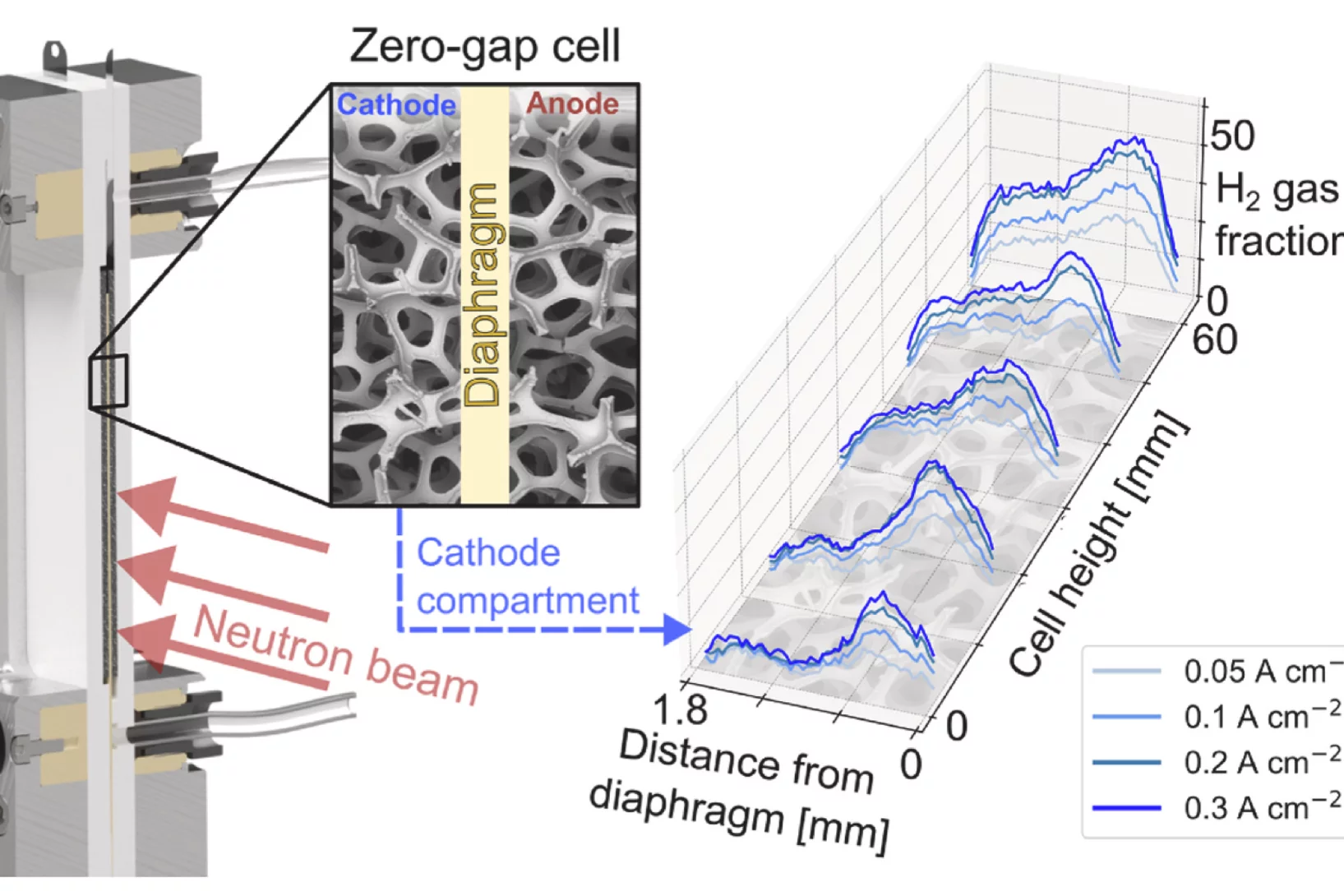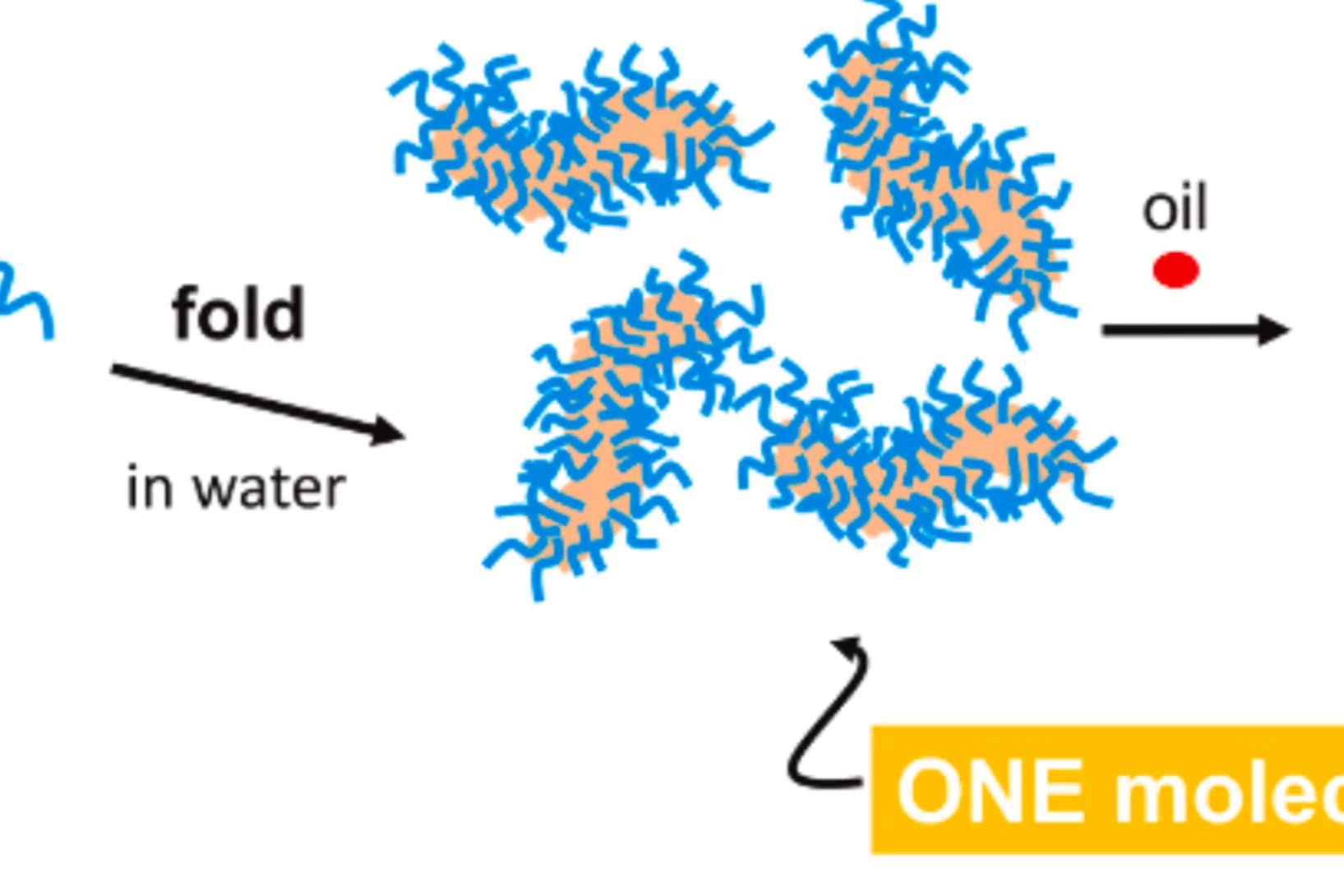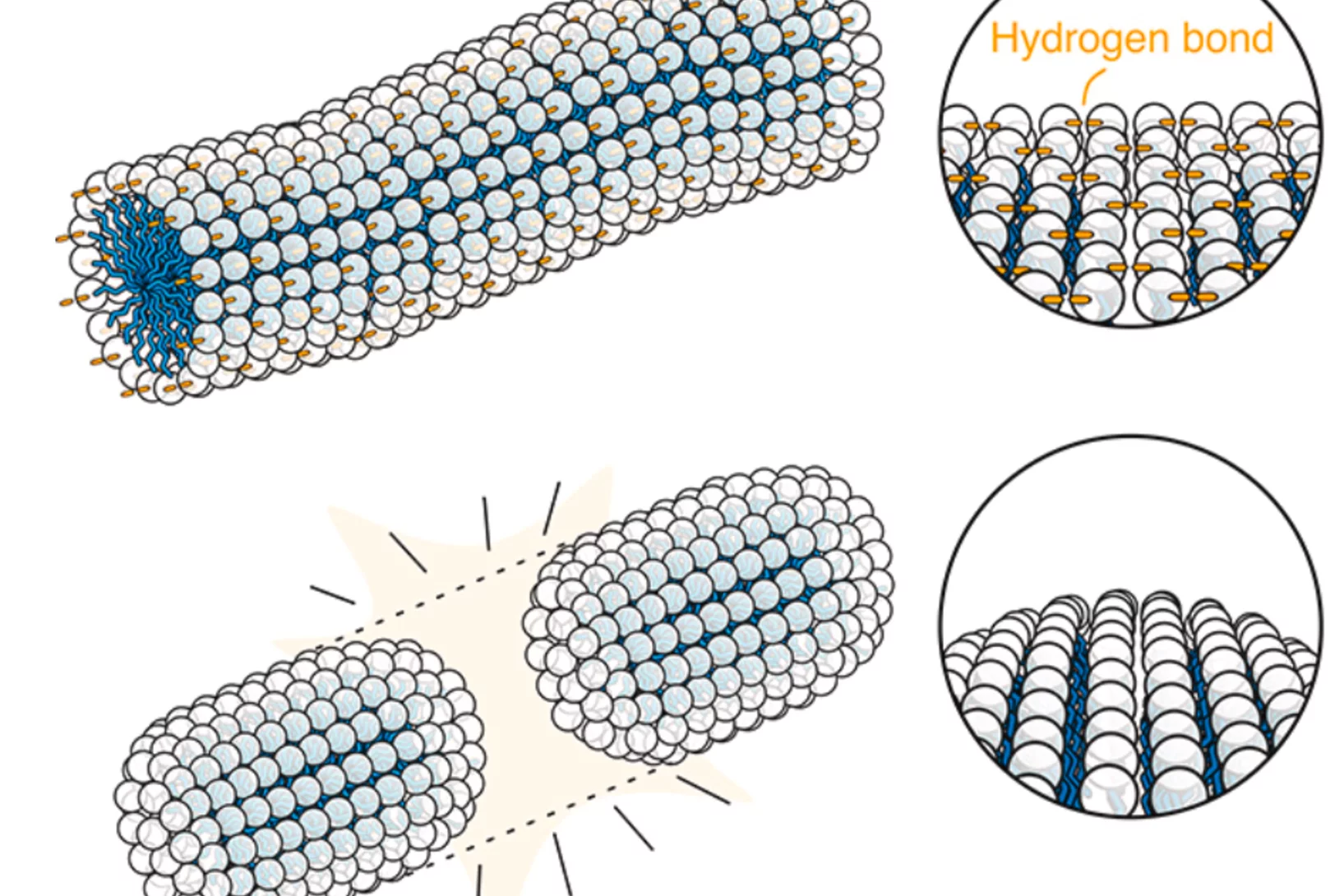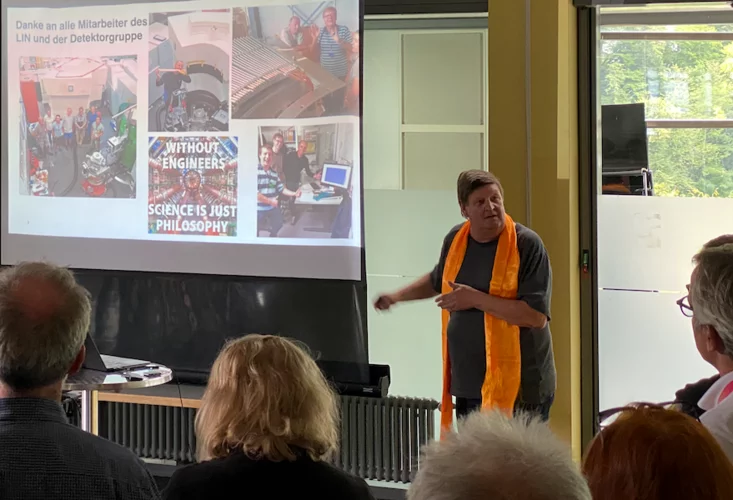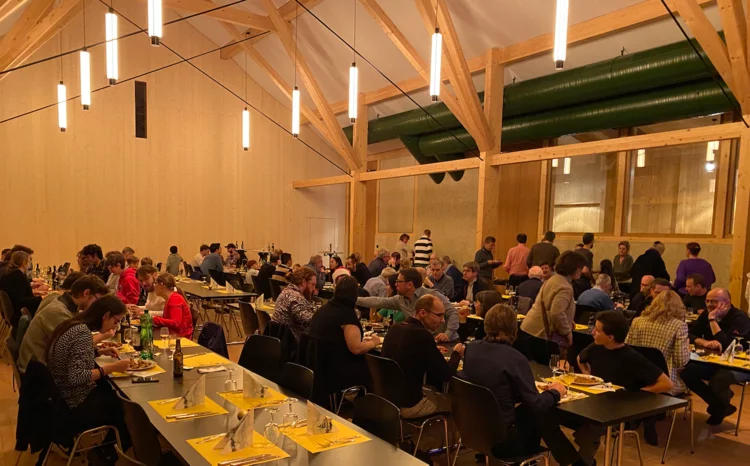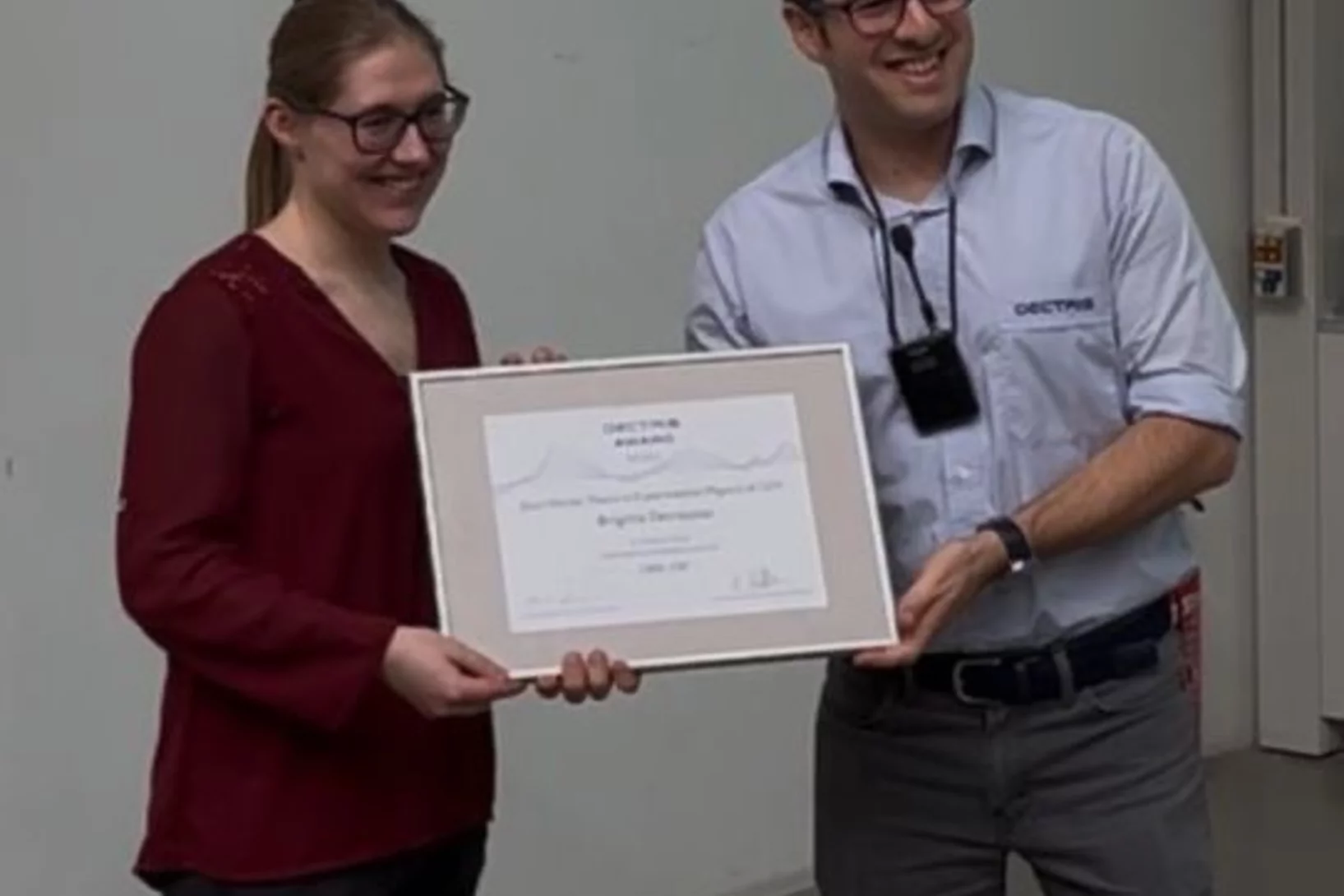Scientific Highlights
Operando neutron imaging of an alkaline electrolysis cell for mapping gas distributions
Optimizing hydrogen and oxygen transport within porous electrodes is essential for improving the efficiency of industrial alkaline electrolyzers. In this study, we utilize operando dynamic neutron radiographic measurements to investigate ...
Single-chain polymer nanoparticles for oil solubilization
We report on the oil solubilization of amphiphilic single chain nanoparticles (SCNPs) based on random copolymers composed of oligo(ethyleneglycol) methacrylate (OEGMA) and anthracene methacrylate (AnMA). Small-angle X-ray scattering (SAXS) combined with molecular dynamics simulations reveal ...
Hydrogen bonding exacerbates viscoelasticity of amino acid– and betaine surfactant self-assemblies
Many day-to-day materials rely on formulations of surfactants to control flow, texture and application. Inspired by the pairing of bases between DNA strands, we demonstrate enhanced control ...
Lab News
Retirement of Christof Niedermayer
On 30th July 2025, Christof Niedermayer retired after nearly 40 years working in science and good part of it at the Laboratory for Neutron Scattering & Imaging.
40 years of LNS
On 1st October 2024, the Laboratory for Neutron Scattering & Imaging turned 40 years old, which was celebrated during the traditional end-of-year party on 17th December.
Brigitte Decrausaz receives DECTRIS Award of Best Master's Thesis in Experimental Physics at UZH
Brigitte Decrausaz, PhD student at LNS, received the DECTRIS Award 2023/2024 for the Best Master's Thesis in Experimental Physics at the University of Zürich.


